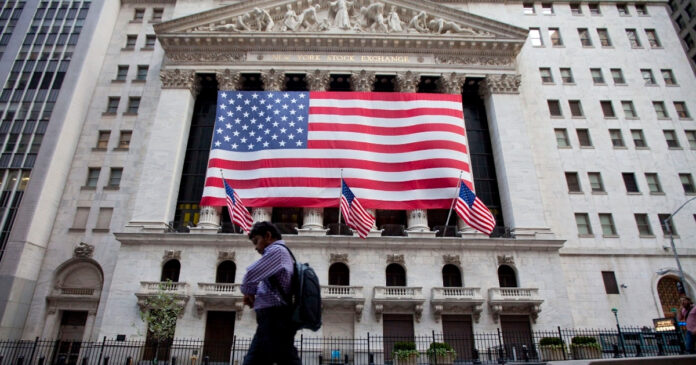The recent pause by the central bank of the United States, after 10 consecutive interest rate hikes starting in March 2022, was “to assess additional information and.” Other factors, such as lower energy prices, have contributed to lower inflation since last year, from around 9 percent to close to 4 percent, still at double the central bank’s 2 percent objective.
But the economy is still strong, as indicated by the labor market, with an unemployment rate of 3.7 percent in May. Even some interest rate sensitive sectors, such as the housing market which declined last year, have regained strength this year. Also, some dire predictions about a deep recession have been heard less.
However, several authorized observers have warned that it may be premature to proclaim the end of the battle against inflation.
The President of the Federal Reserve Bank of Atlanta Raphael Bostic, who favors pausing interest rate hikes because he believes inflation can be subdued “without severe economic dislocation,” admits “further slowing in the labor market will probably be necessary.”
Other observers are more emphatic. First Deputy Managing Director Gita Gopinath of the International Monetary Fund, recently said “there is not much historical precedent … that inflation is likely to come down without much of a hit to growth.”
Finally, the Annual Economic Report 2023 of the Bank for International Settlements, the banker of the central banks, says “the ‘last mile’ may pose the biggest challenge.”







